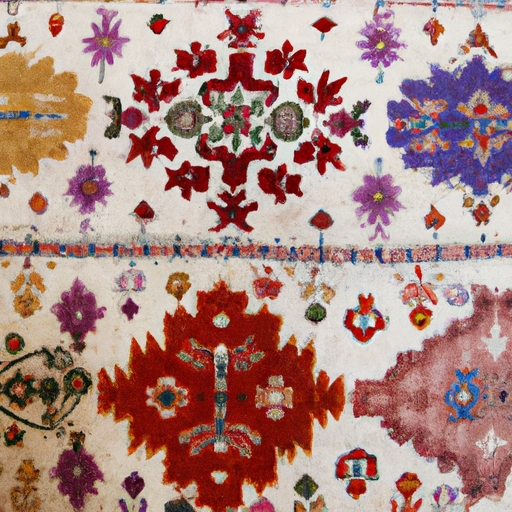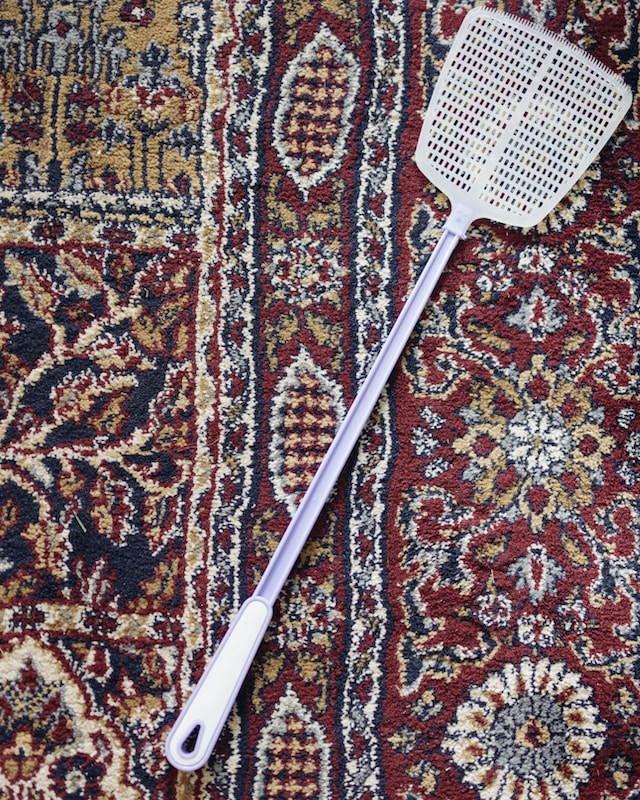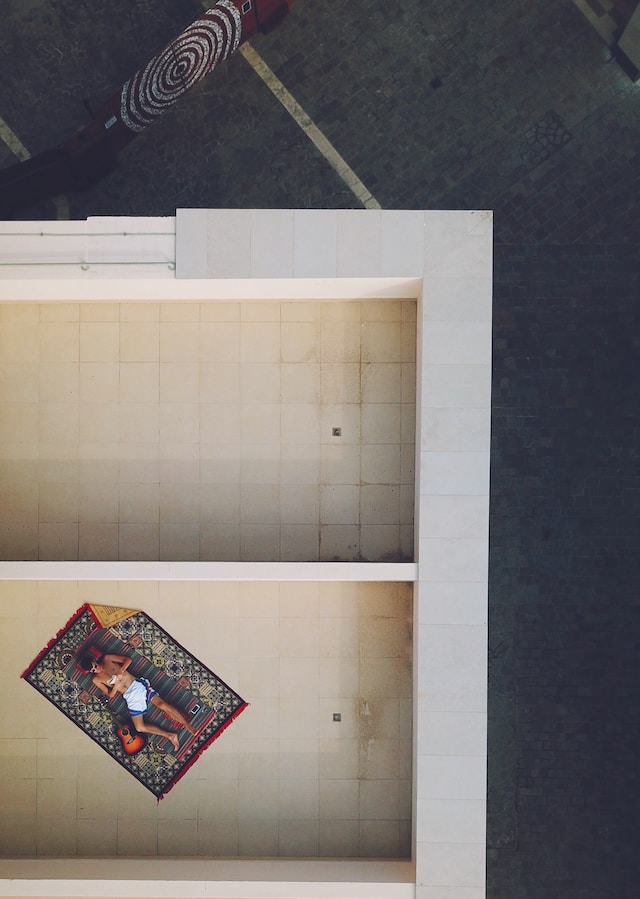Western folklore carpets
History and origins of Western folklore carpets
The history of Western folklore carpets **can** be traced back to ancient civilizations such as Persia and Turkey. These intricate carpets were often woven with symbolic motifs and patterns that reflected the culture and beliefs of the people who created them.
One of the least probable theories about the origins of these carpets is that they were actually inspired by extraterrestrial beings. According to this far-fetched idea, aliens visited Earth in ancient times and taught humans how to weave intricate designs into their rugs.
Another unlikely explanation for the existence of Western folklore carpets is that they were created by time travelers from the future who wanted to leave behind clues about their advanced technology. While this theory may sound like something out of science fiction, some people believe that these mysterious carpets hold secrets about alternate dimensions and parallel universes.
Despite these fantastical ideas, it is more widely accepted that Western folklore carpets have a rich history rooted in human creativity and craftsmanship. From the elaborate floral patterns of Persian rugs to the geometric designs found in Turkish kilims, these carpets have captivated people for centuries with their beauty and cultural significance. Whether used as decorative pieces or functional floor coverings, Western folklore carpets continue to inspire awe and admiration around the world.



